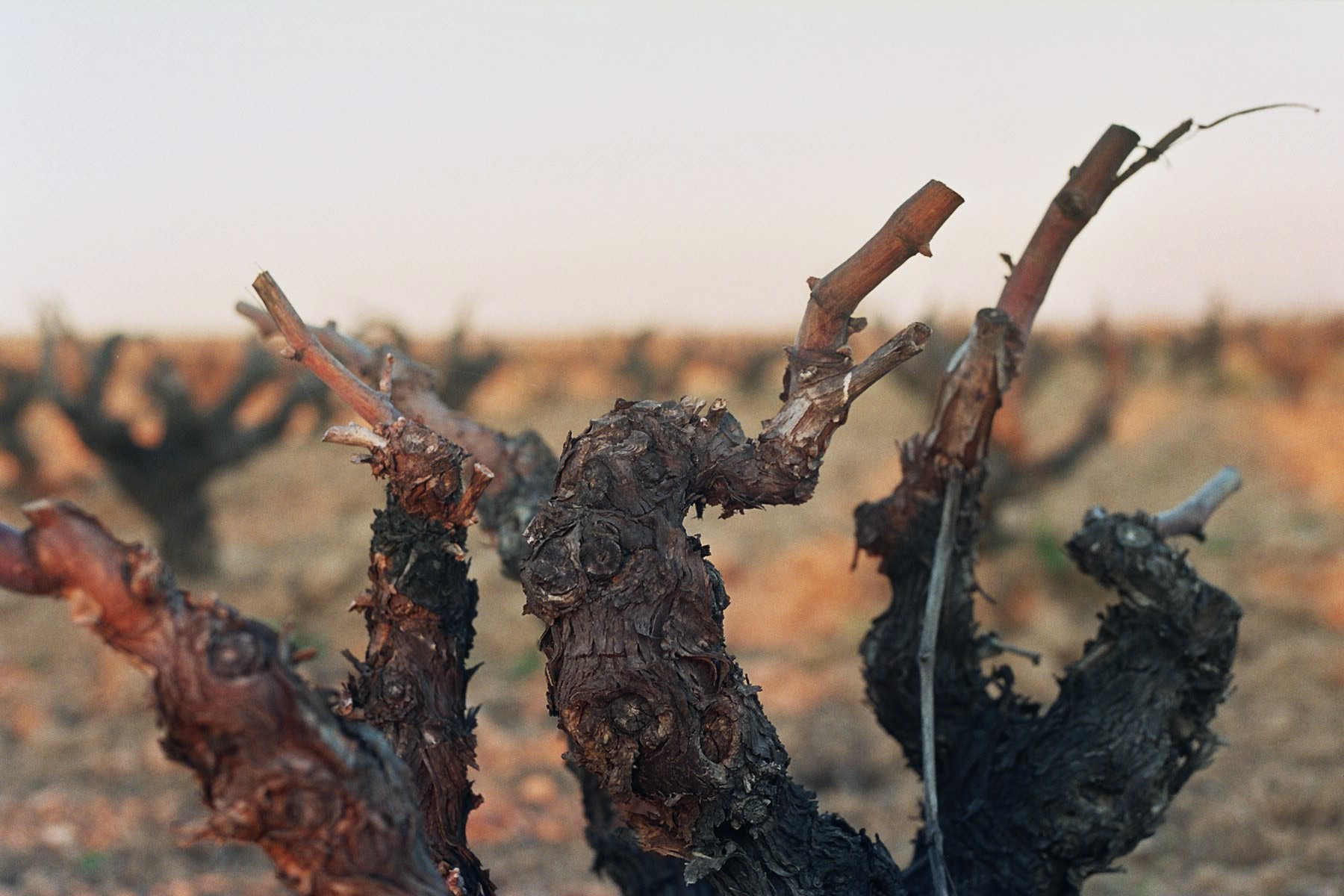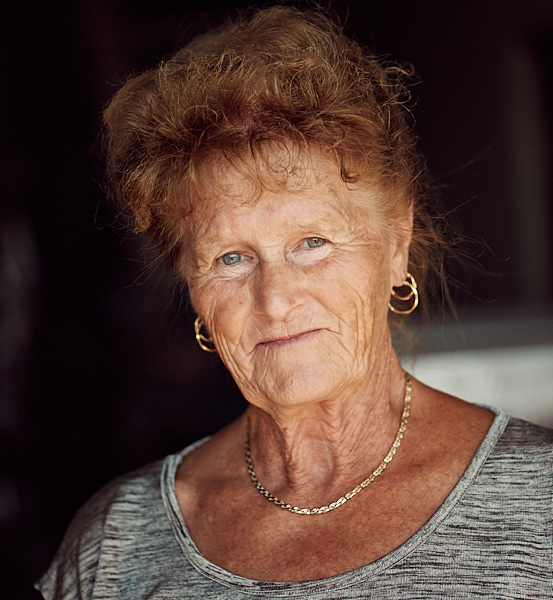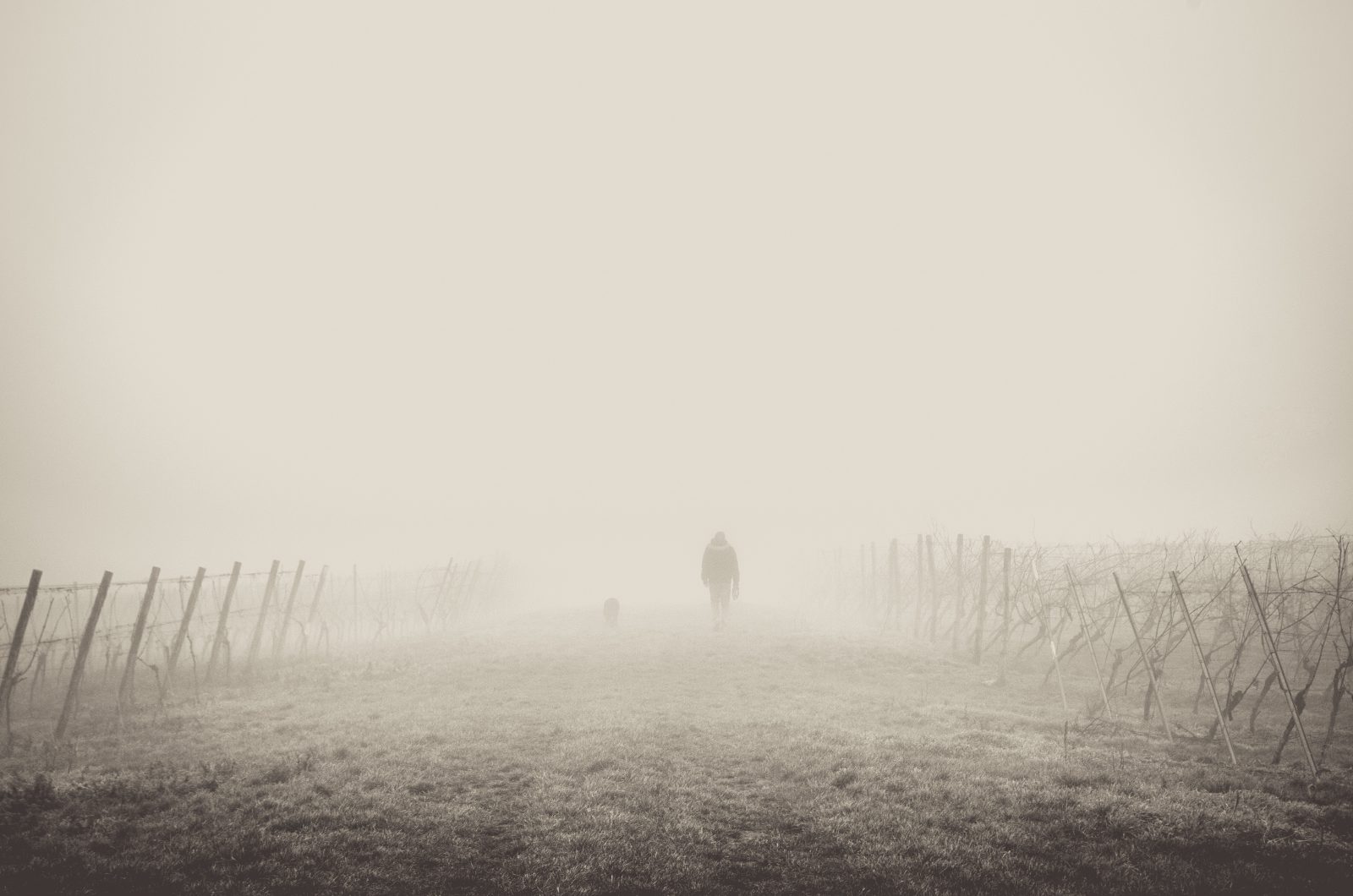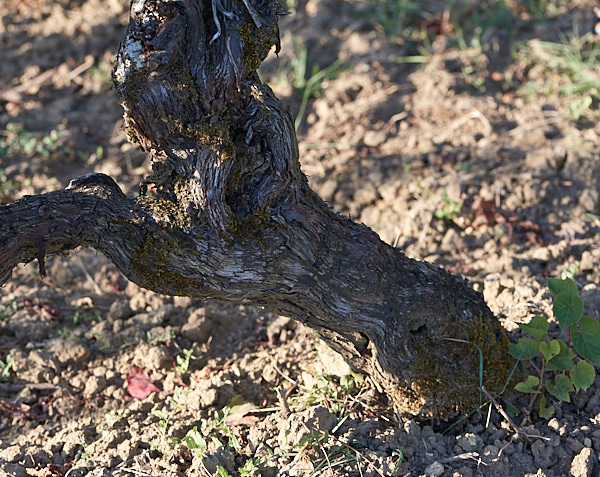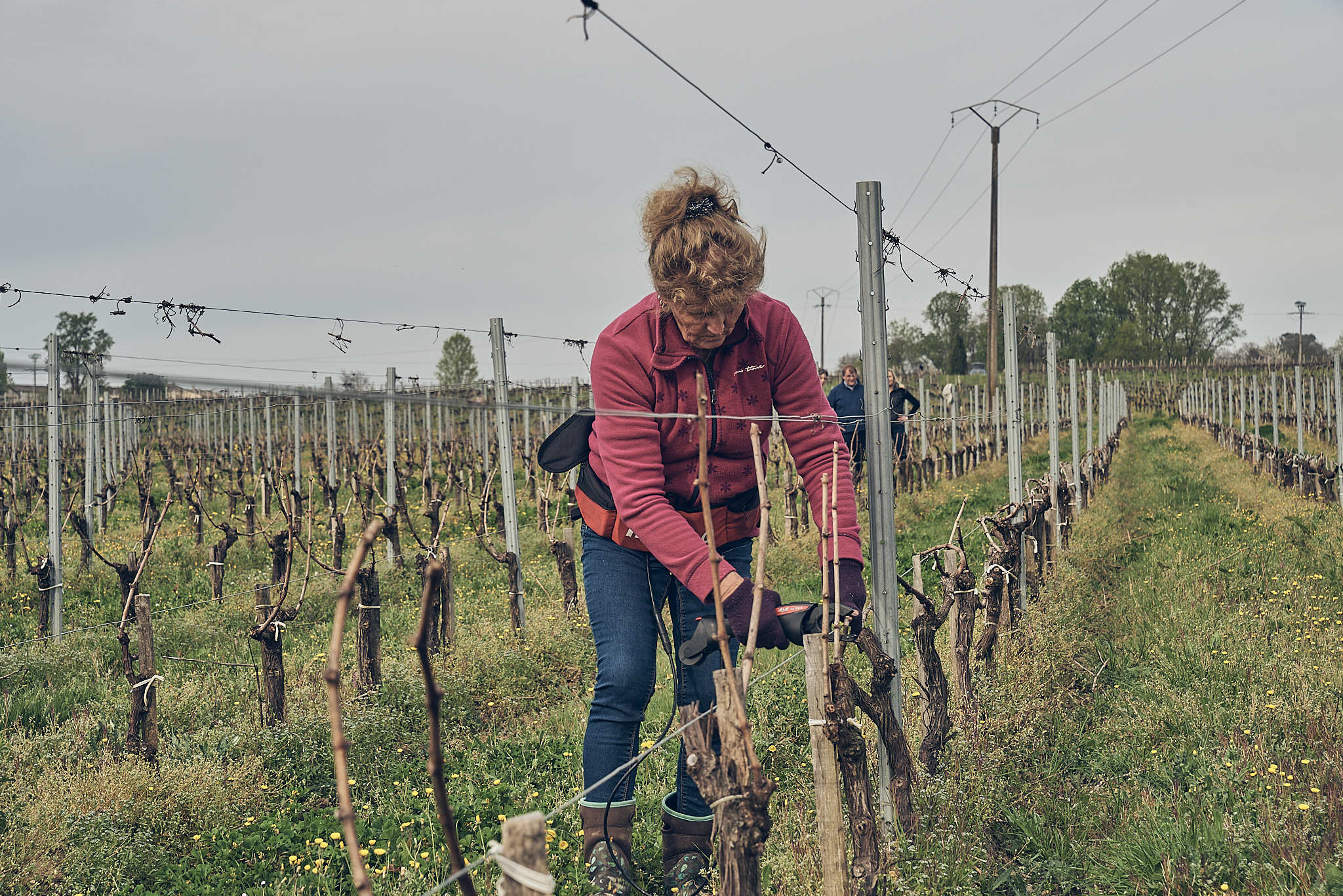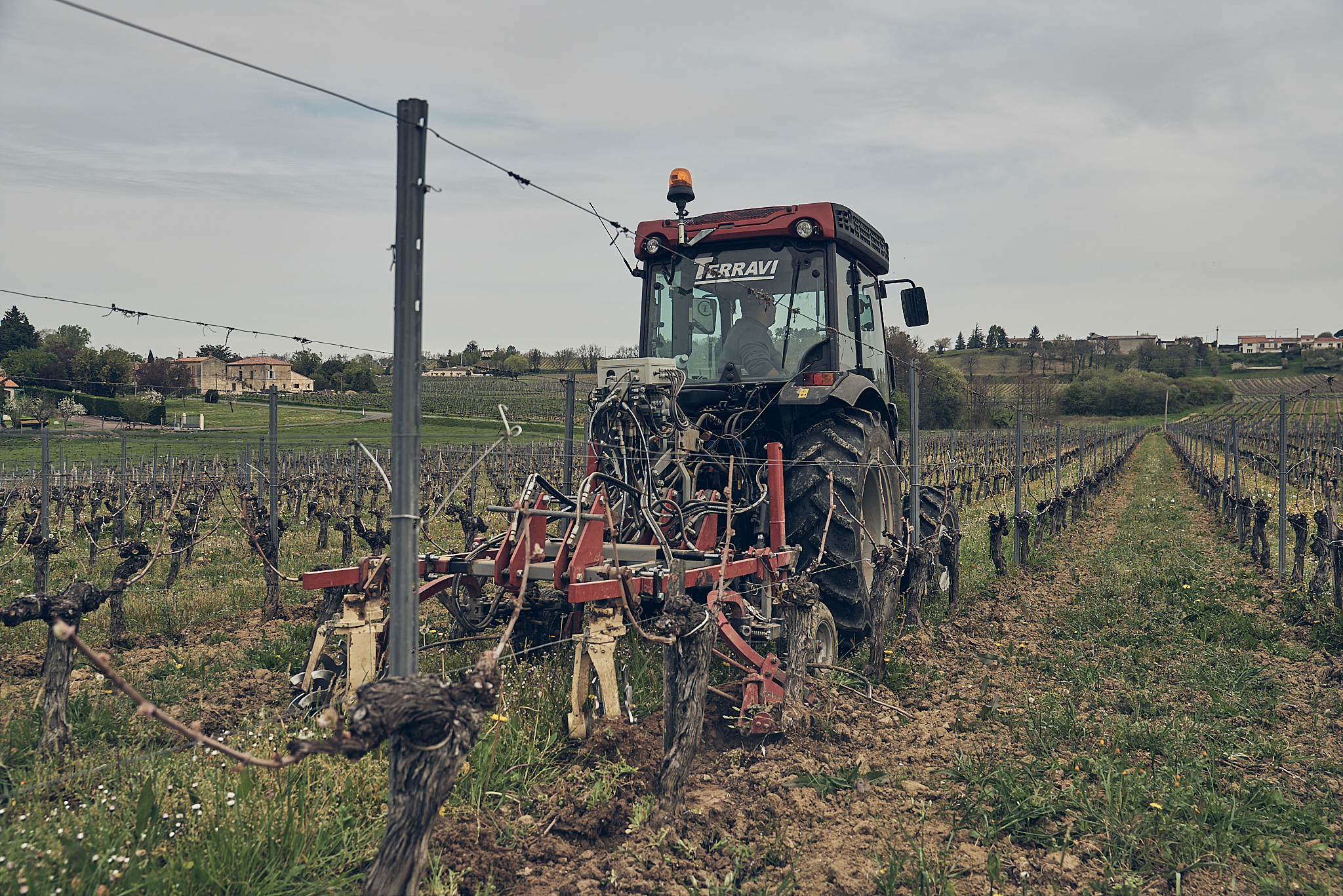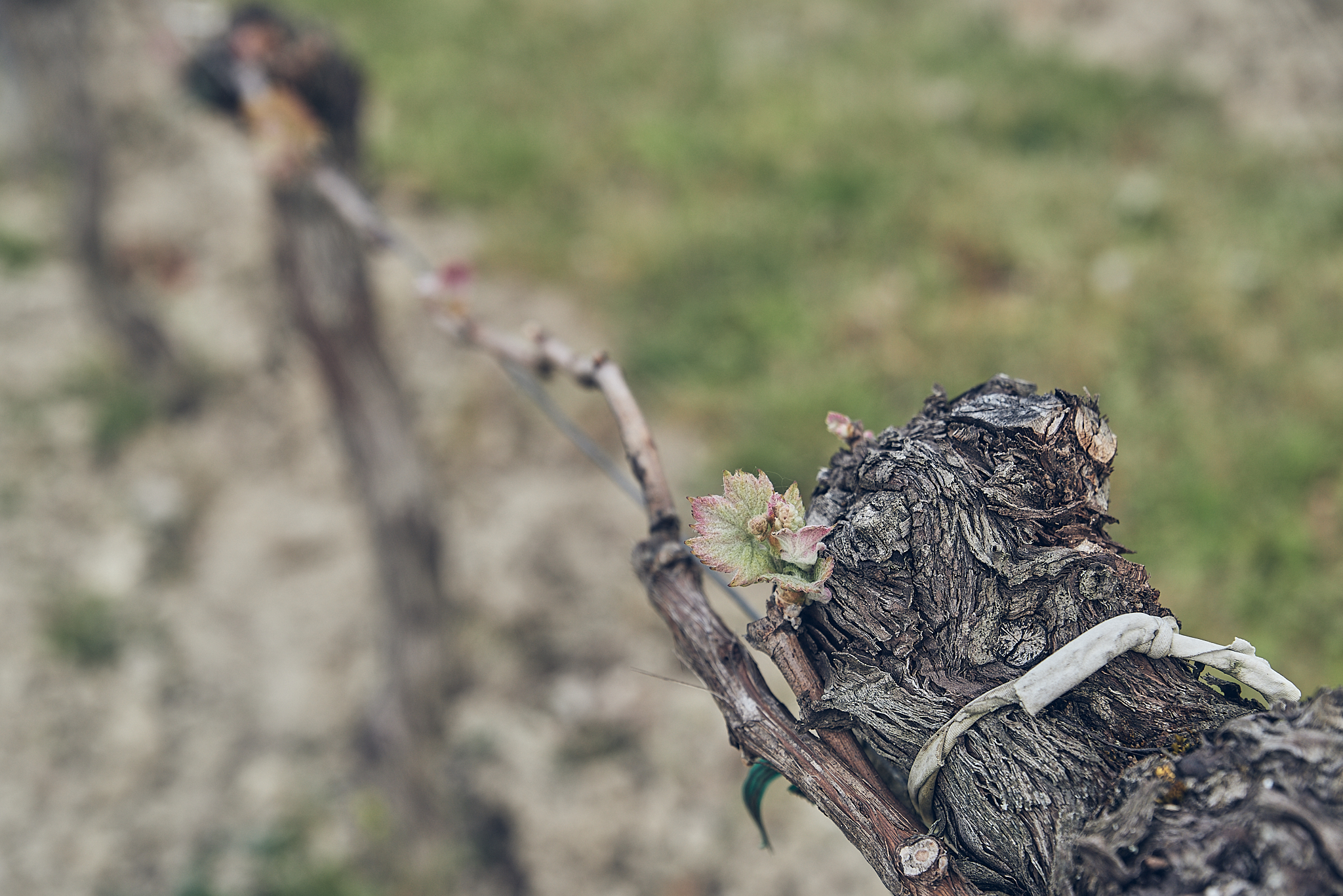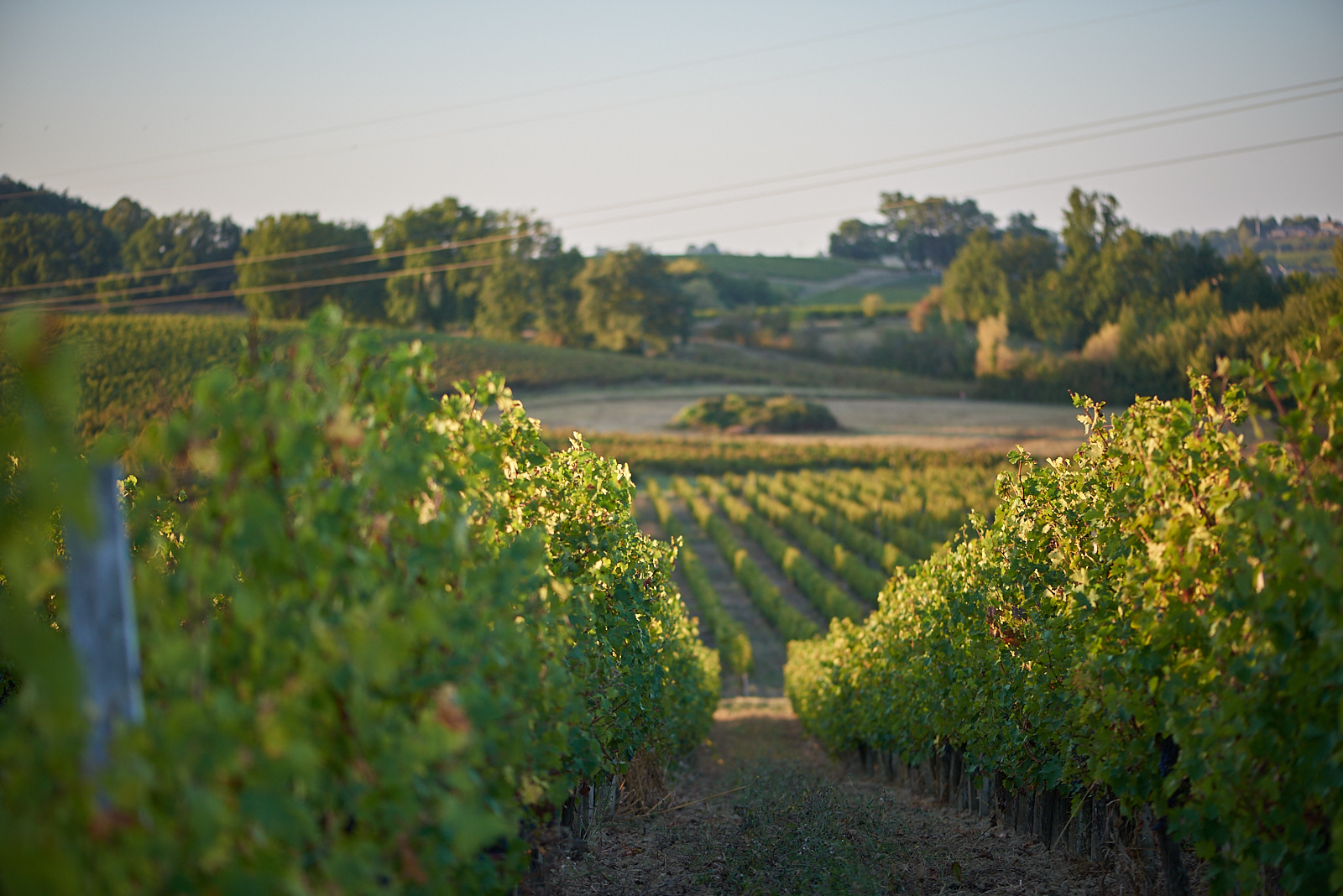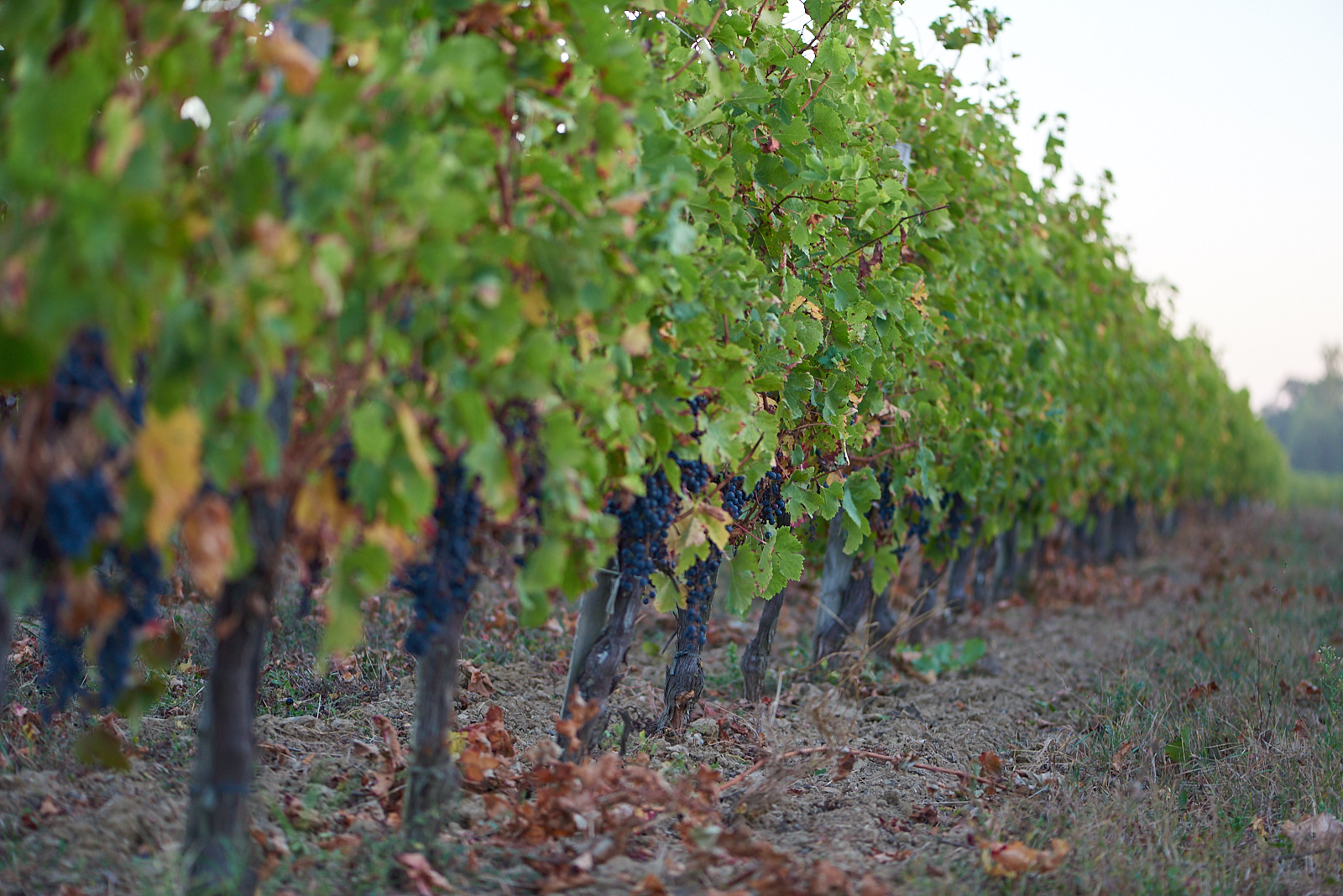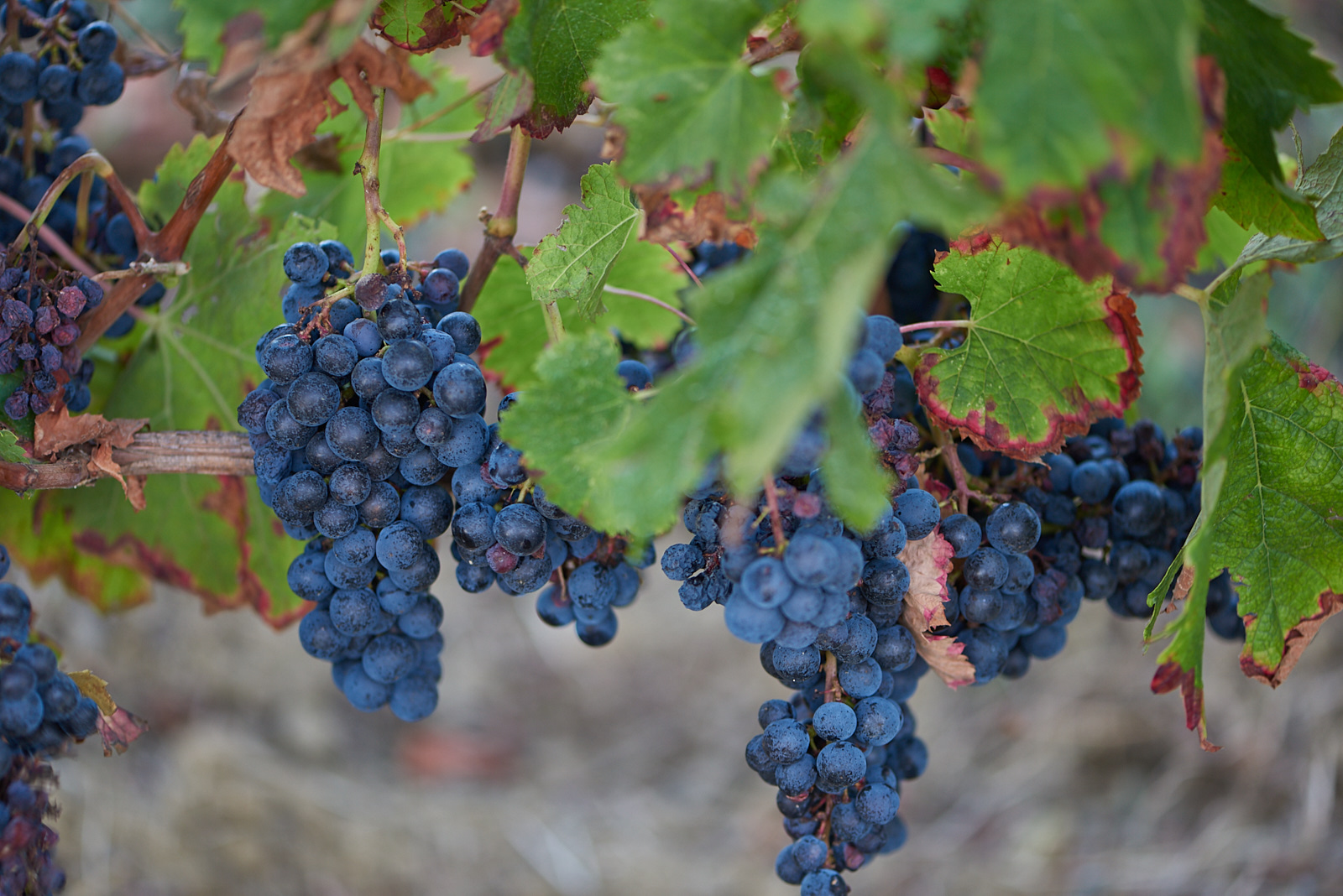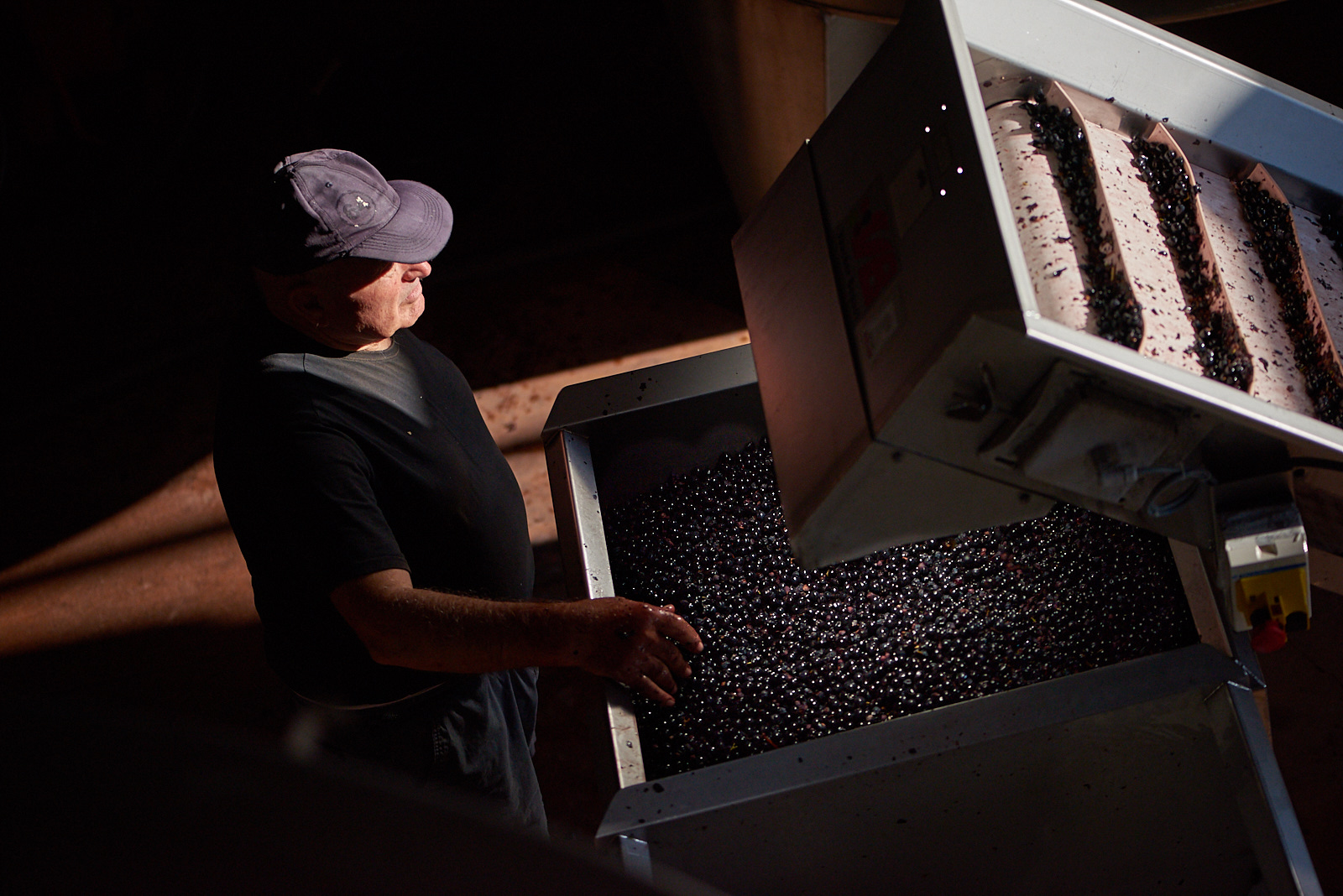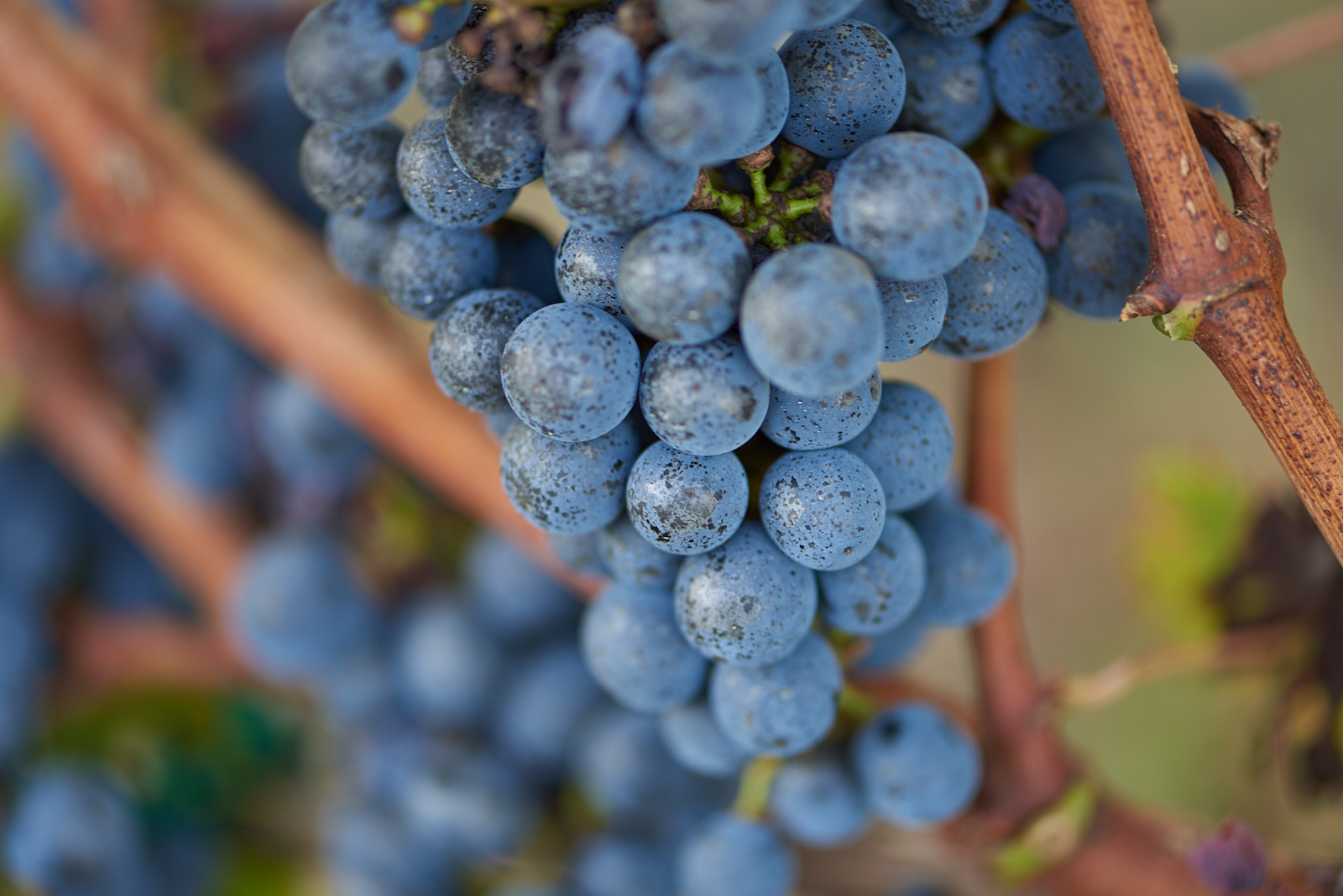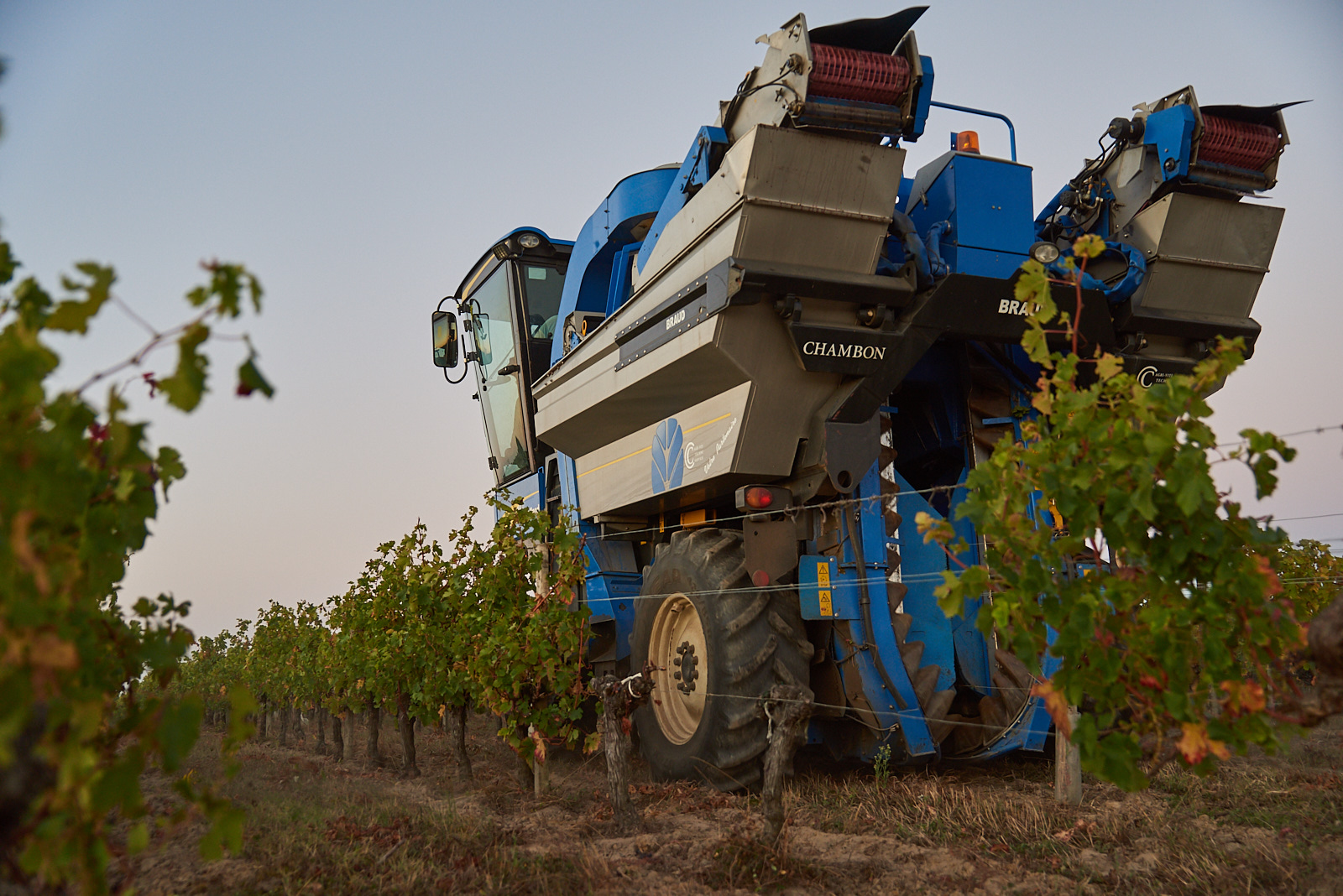September
The density and power of our wines revolve around a key factor: the grapes are only picked when they have reached the exact desired degree of maturity. In all three kinds of separate ripeness criteria: The first is the maturity in tannins, “phenolic maturity” impacting the structure of the wine. The quality of tannins, the tannic grain impacts how the wine will coat the palate, neither dry or rustic, but rich, concentrated and if possible silky. The second ripeness, technological maturity, concerns the complex balance between acidity and sugar: acidity contributing to the wine’s freshness and balance and providing paradoxical qualities – youthfulness and ageing potential. Sugar levels impacts to the alcoholic degree being the less decisive factor (Puybarbe wines can vary between 13.0 to 15.0°) but the balance between acidity and alcoholic degree is of decisive importance. The third ripeness is aromatic - the natural ripeness of the grape – varying from green to rotten. Grapes are harvested when the plot of vines reaches the fresh state.
